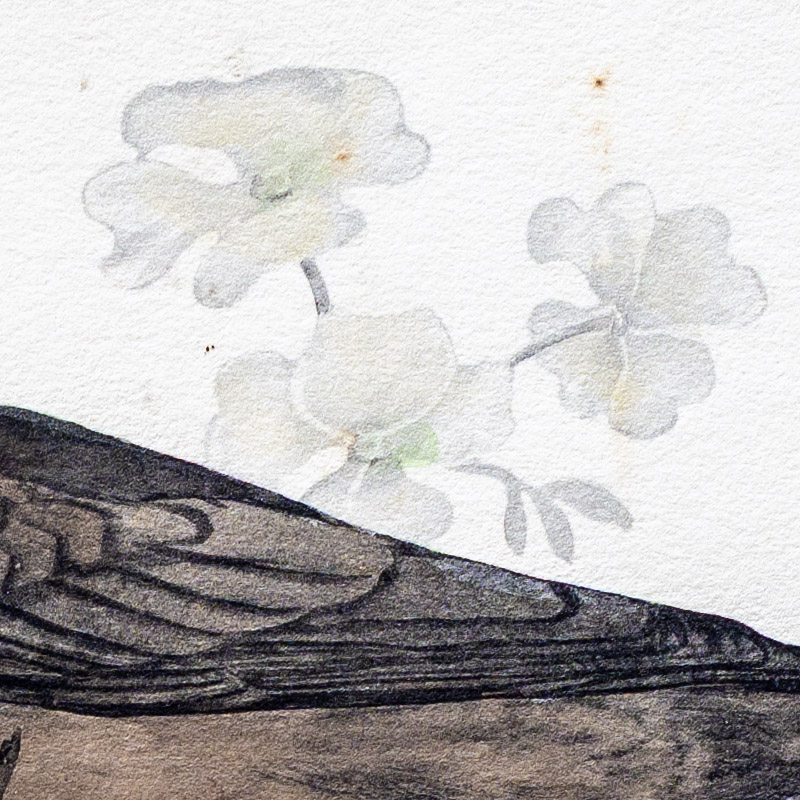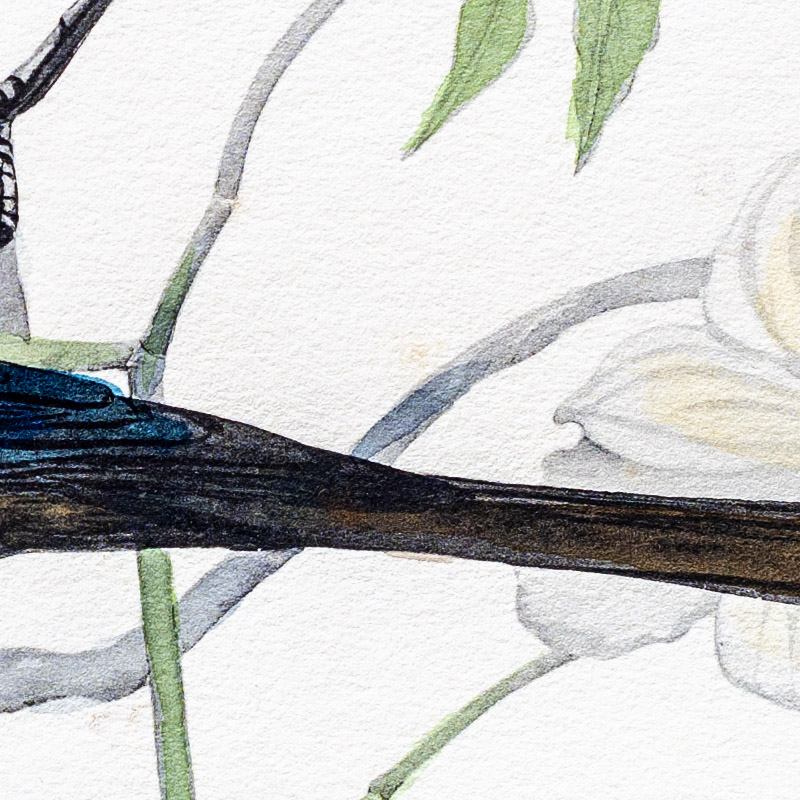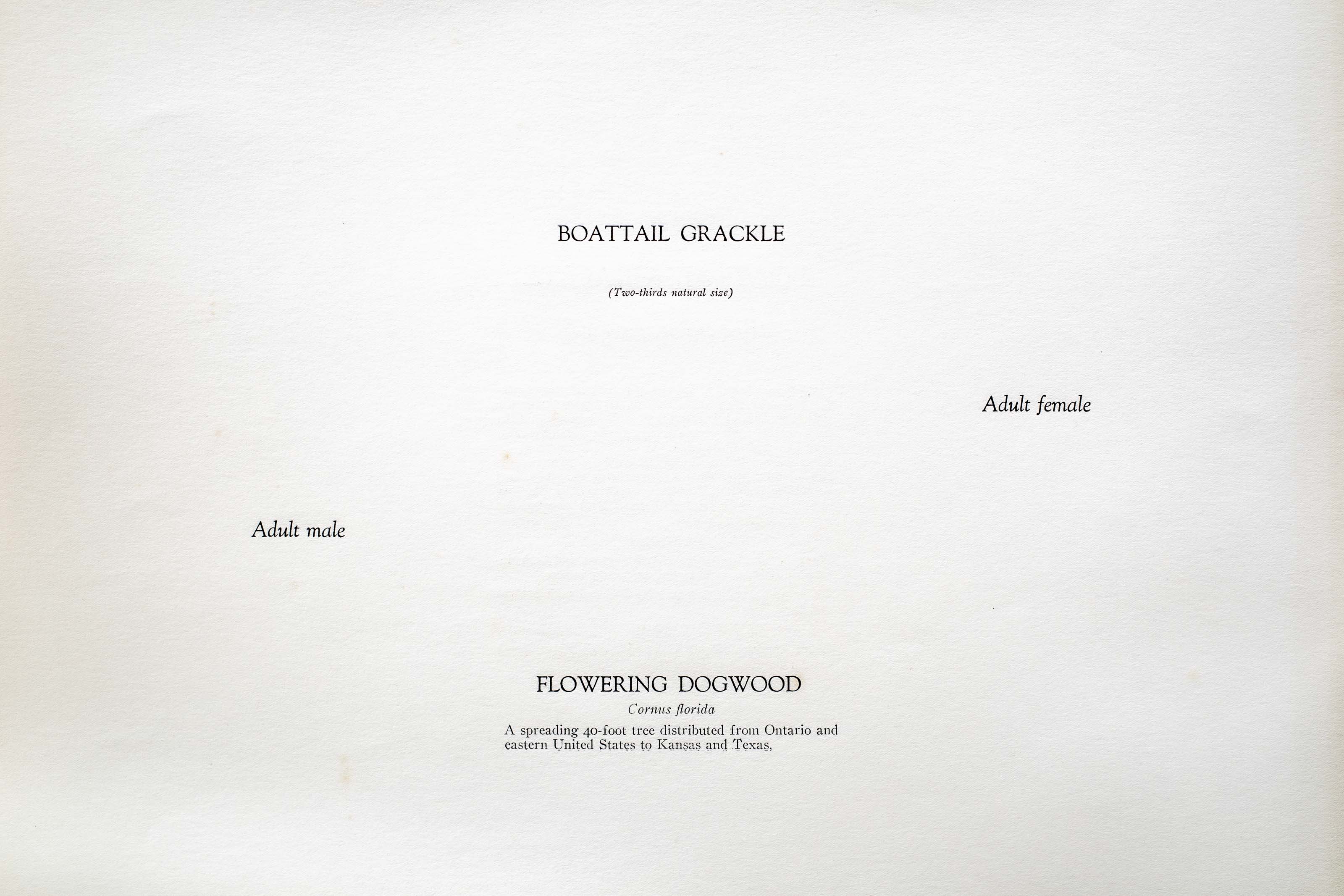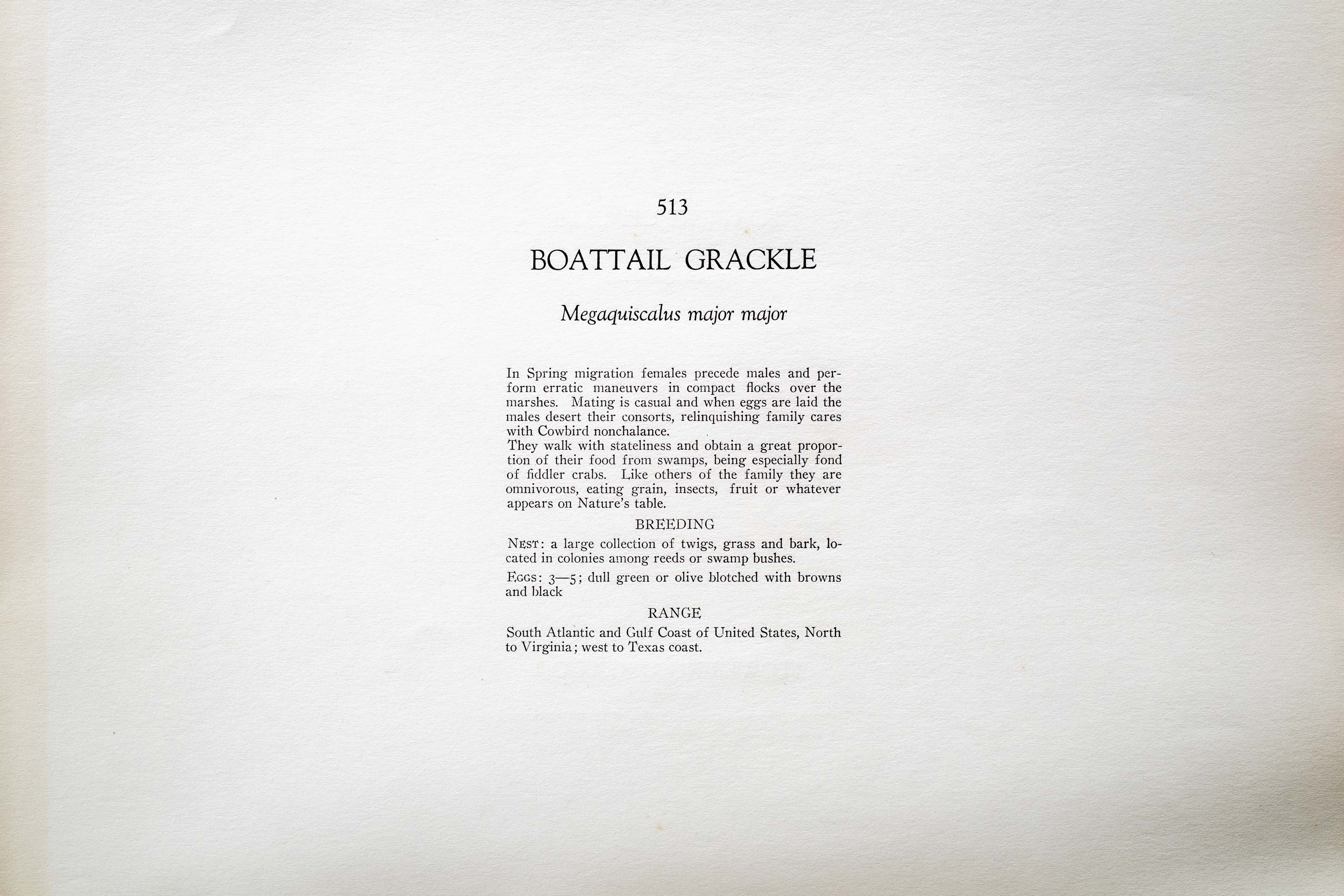






1915
1931
8
513
A team of dedicated board members, volunteers, and student interns has published every page in Volume 9. This volume includes 360 images of paintings and lyrical descriptions of birds, now available online for everyone to enjoy anywhere in the world. This is a monumental task. Each volume requires approximately 400 hours to photograph, edit, transcribe, catalog, and publish online. We need your support to complete this work.
If you're tech-savvy, have a good eye, are meticulous with details, and love structured data, please consider volunteering by emailing us at hello@rexbrasher.org.
We encourage all bird lovers and supporters to consider a monetary donation to support our mission to make Rex's work available for everyone. You can provide a one-time or recurring donation online.
In Spring migration females precede males and perform erratic maneuvers in compact flocks over the marshes. Mating is casual and when eggs are laid the males desert their consorts, relinquishing family cares with Cowbird nonchalance.
They walk with stateliness and obtain a great proportion of their food from swamps, being especially fond of fiddler crabs. Like others of the family they are omnivorous, eating grain, insects, fruit or whatever appears on Nature's table.
NEST: a large collection of twigs, grass and bark, located in colonies among reeds or swamp bushes.
EGGS: 3–5; dull green or olive blotched with browns and black.
South Atlantic and Gulf Coast of United States, North to Virginia; west to Texas coast.
A spreading 40-foot tree distributed from Ontario and eastern United States to Kansas and Texas.